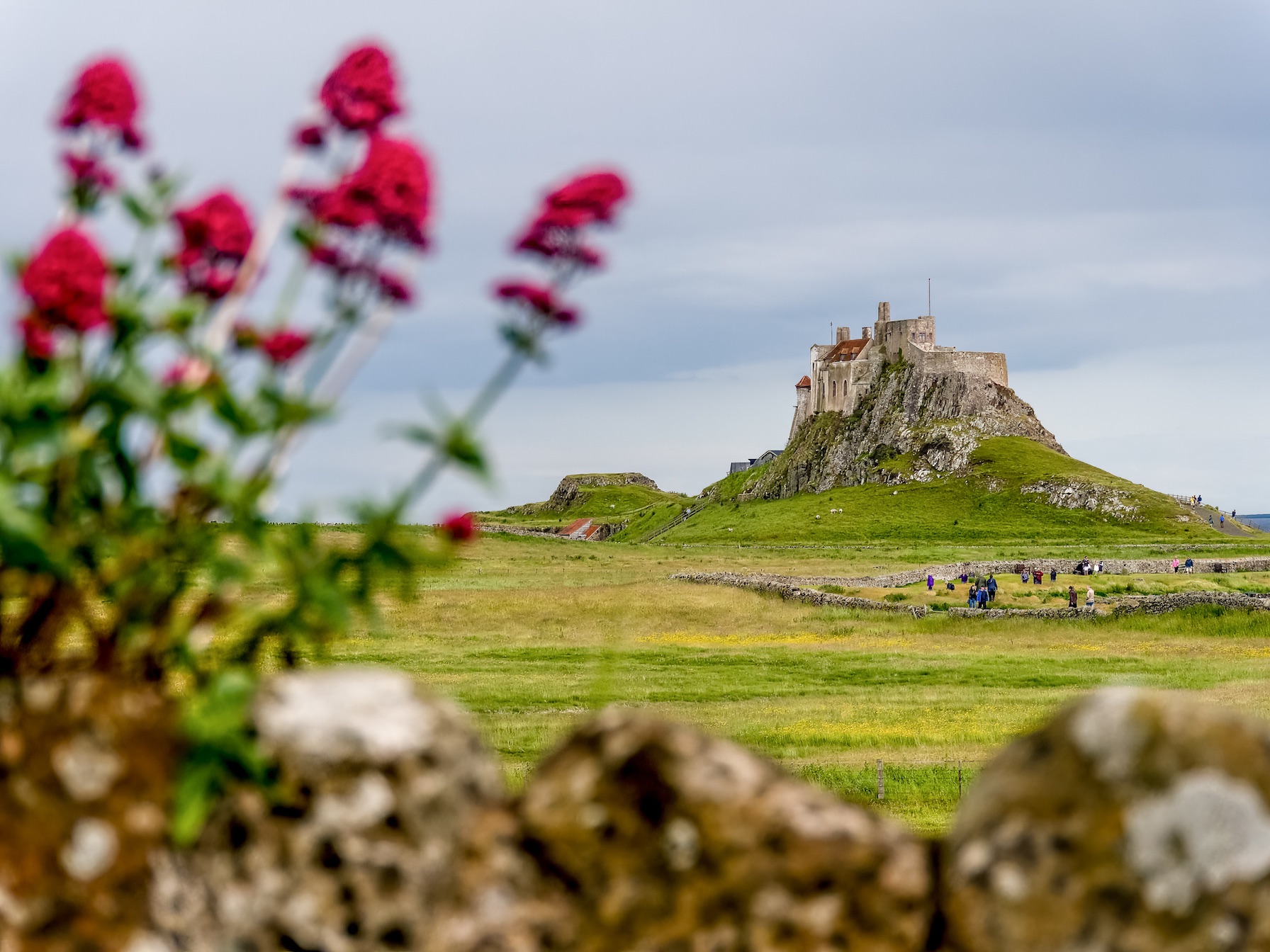The Sentinel of Holy Island
Perched high and proud on a section of the Great Whin Sill, rising from the North Sea, is Lindisfarne Castle. A battle-worn survivor from ancient times, and the ever stoical guardian of the world-famous Holy Island.
Crowning the 295-million-year-old volcanic hilltop known as Beblowe Craig, the castle is one of the best known landmarks in North East England. It’s a sight you simply cannot ignore with its rugged walls and towering battlements visible for miles around, attracting visitors from all over the world to explore its historic ramparts.
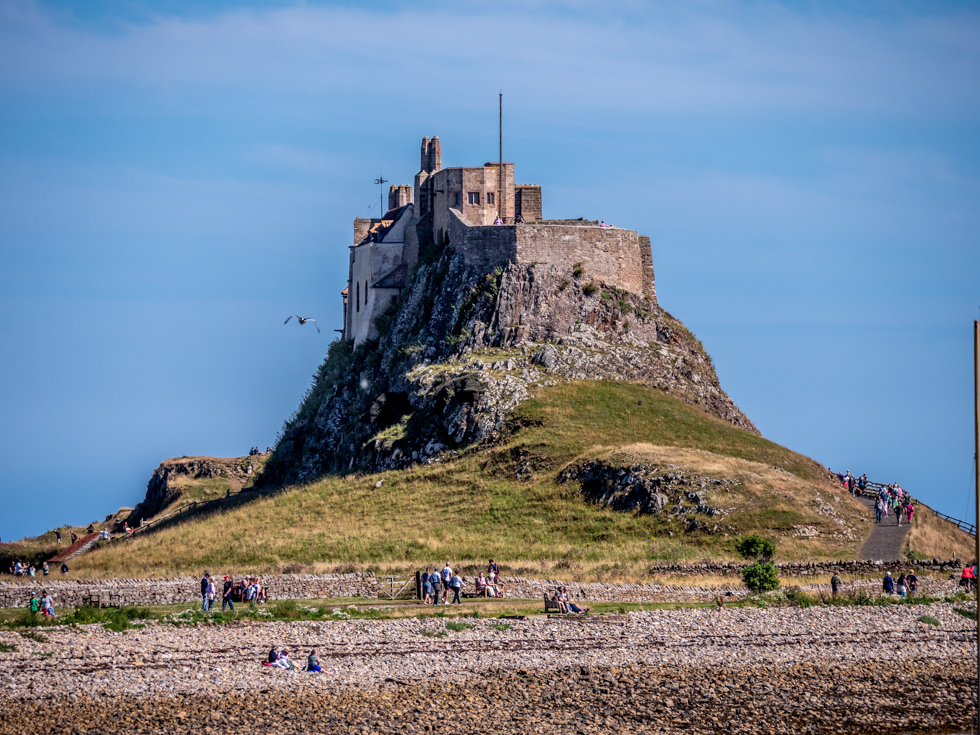 It's a nice piece of real estate sitting on top of a 295-million-year-old rock foundation. Lindisfarne Castle in Northumberland UK
It's a nice piece of real estate sitting on top of a 295-million-year-old rock foundation. Lindisfarne Castle in Northumberland UK
Lindisfarne Castle was established in 1550, during a time of great uncertainty and conflict. Following the dissolution of the monasteries under King Henry VIII, the island needed new fortifications to guard against potential threats from Scotland and their Spanish allies. It was during this turbulent period that the castle was constructed.
There’s an intriguing legend that the stone used to build the castle was repurposed from Lindisfarne Priory itself, an important centre of Christian worship since the early 7th century. While this story adds to the castle’s charm, it doesn’t completely line up with what actually happened. The Priory, although dissolved in the 16th century, remained standing well into the 17th century before it fell into disrepair. Additionally, the vast quantity of stone required to build the castle far exceeds what could have been salvaged from the Priory ruins, suggesting that the legend is more folklore than fact.
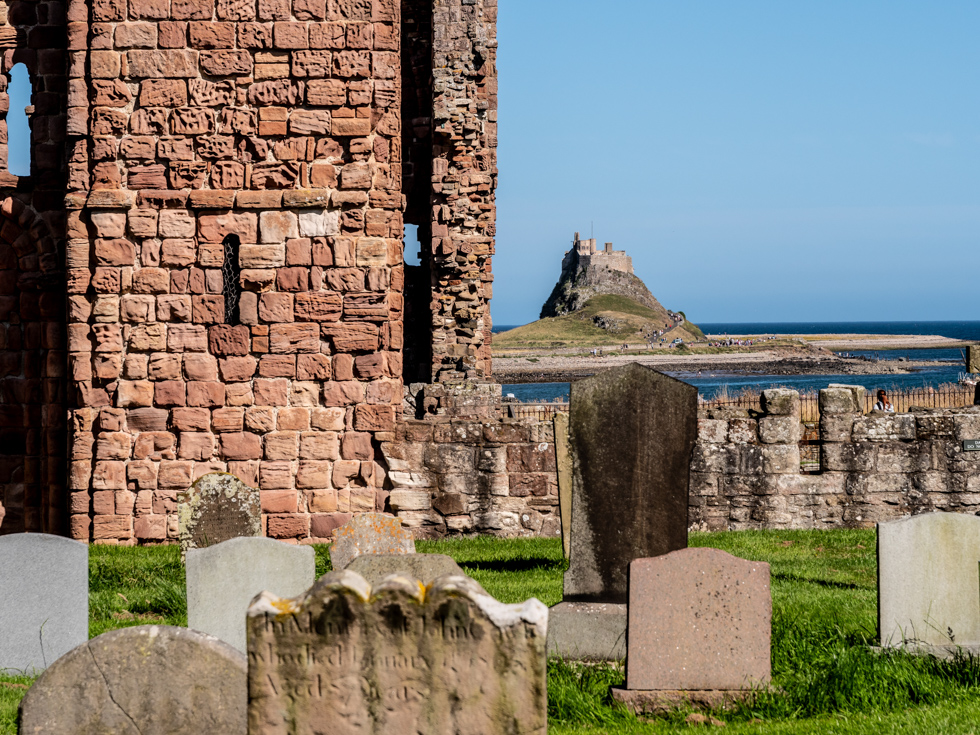 Lindisfarne Castle viewed from the remains of Lindisfarne Priory
Lindisfarne Castle viewed from the remains of Lindisfarne Priory
The castle is more than just a defensive structure; it’s a masterpiece of adaptation and design. Over the centuries, it has seen various alterations, each adding to its character. One of the more unusual and fascinating modifications came as recently as 1997. In a bid to preserve the castle’s north-facing walls, which had been weathered by relentless rain and wind, conservators employed an unexpected material in the restoration process — yak hair.
This seemingly unconventional choice was made for a very practical reason. The yak hair was mixed into the render applied to the castle walls to strengthen it and prevent further erosion.
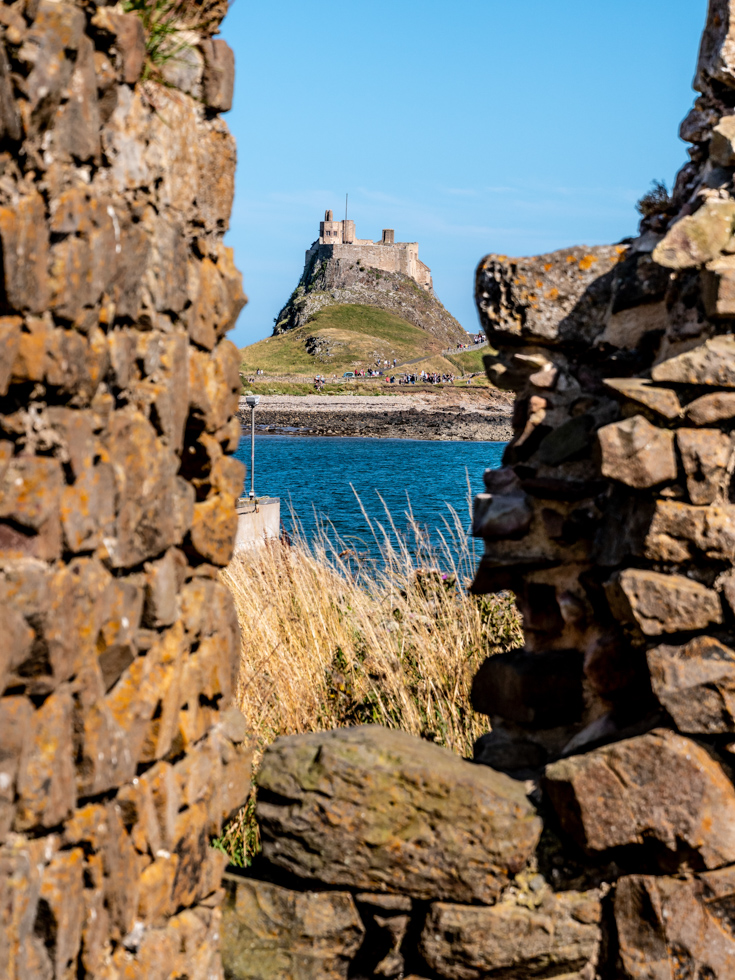 Lindisfarne Castle, viewed from the ruined tower of Osborne's Fort. It was built in the 1670s to protect the island from Dutch raids.
Lindisfarne Castle, viewed from the ruined tower of Osborne's Fort. It was built in the 1670s to protect the island from Dutch raids.
Lindisfarne Castle was temporarily closed by the National Trust in 2017. The closure was necessary for essential restoration work aimed at preserving the castle’s structural integrity. During this time, extensive efforts were made to repair and reinforce the castle’s walls, roofs, and interiors. The National Trust’s dedication to preserving this cultural heritage site ensures that Lindisfarne Castle will continue to stand, offering its unparalleled views and captivating history for future generations.
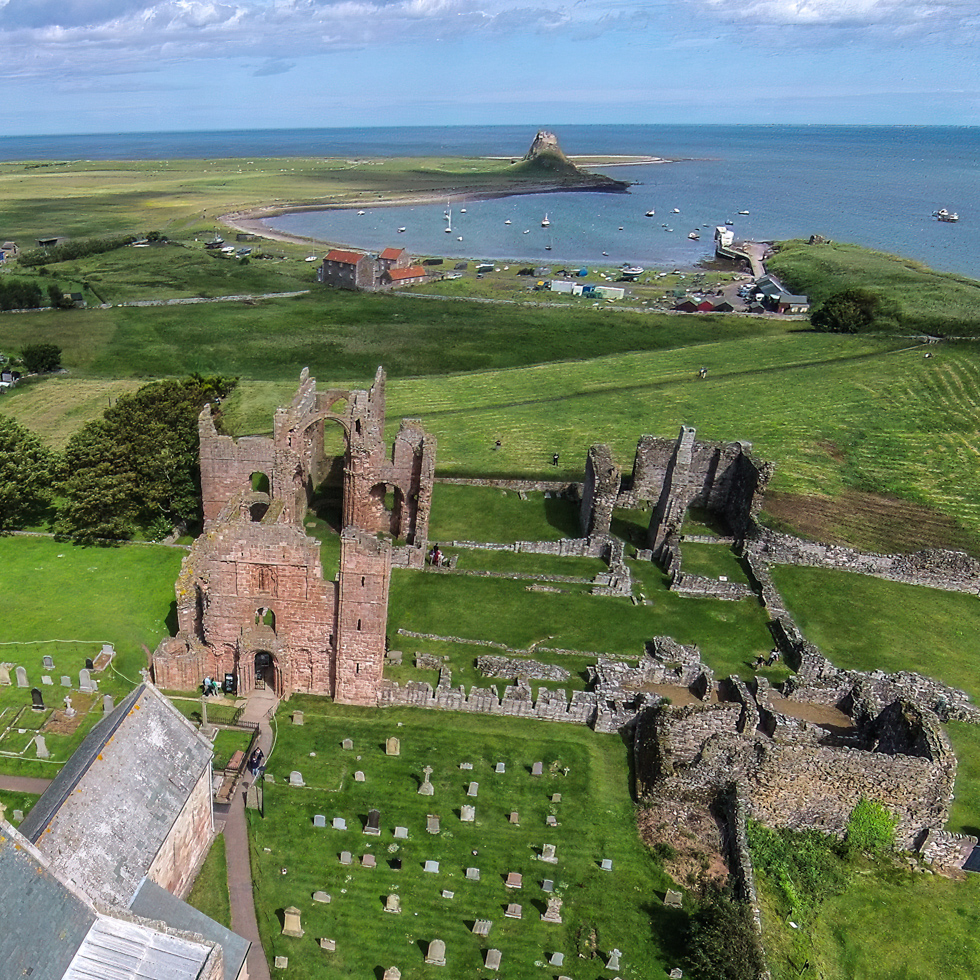 Lindisfarne Priory with the castle on the headland
Lindisfarne Priory with the castle on the headland
